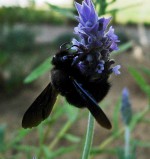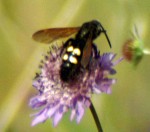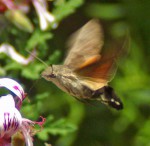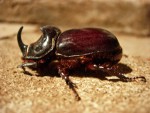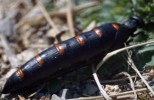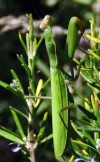Spanish name: Cigüeña blanca
White Storks are a common and typical bird of open cultivated country over large parts of its range, but populations have reduced drastically, even disappeared completely in several regions of west and northern Europe since the end of the 1800s. The birds have been studied intensively over the years as their habits and survival are closely connected to how we treat or manage our environment. They are one of the key species used to promote public awareness in the fight for nature conservation.
Between the years 1970 and 1990, there was a sharp decline in the White Stork population, with the census count at its lowest in 1984. There has since been an increase in breeding pairs, particularly in the western part of their nesting regions but their numbers have not reached what it was before the decline. Their status is therefore listed as ‘depleted’.
White Storks are one of the most familiar and popular of Iberian birds, whose population in this part of Southern Andalucía at least, seems to be increasing. As recently as the 1970s the entire European breeding population of the species migrated to West Africa for the winter months, but in recent years increasing numbers, maybe as many as 80% of them choose to remain in Iberia, with others travelling not much further than Morocco. It is thought the reason for this change of migratory behaviour can be attributed to the area’s favourable winter climates. Changes in the birds’ feeding habits may have brought about the rise in their breeding numbers; large rubbish tips provide alternative feeding as do changed agricultural practices and the resultant areas of irrigated and flooded fields.

White Storks are huge birds, with a body length of 100-115cm.They are impressive in flight with a wingspan of 1.95 -2.15m

In a natural environment the bird feeds on various smaller animals such as frogs, snakes, fish, rodents, worms, young birds etc. They often walks imposingly through low marsh vegetation, along ditch banks and on meadowlands
BREEDING
The nest is a large bulky construction built with sticks, naturally in trees, but frequently on telegraph poles, on house and church roofs as well as on specially provided raised-level platforms. Once constructed the nest remains in place (unless blown down during winter storms) and pairs return to the same nest each year, refurbishing it if necessary.
They begin the breeding cycle early in the year and are often sitting on eggs in February.

5/6/11- The young Storks are well grown now but still in the nest; it’s a bit of a squash to fit both parents in too
MIGRATION
White storks travel south to the warmer climates of Northern Africa for the winter and return to various parts of Europe to breed in summer. According to the last census, Poland is by the far the most popular host for White Storks with over 50,000 breeding pairs. Spain follows second as an attractive host with Portugal and France showing an increase in numbers.

Huge numbers of White Storks gather at La Janda before crossing the Straits of Gibraltar and often stop over to feed on their return journey
- Hazards: Out of the many factors that affect the White Stork’s survival, mankind has the largest impact. Development in areas that were previously natural breeding grounds displaces them. Uses of chemicals in modern agricultural practice depletes or poisons their food. Some suffer electrocution by high voltage power lines, especially those along the White Stork migratory path
- The Human Connection: White Storks build their lives close to humans, nesting near populated areas and even on rooftops whereas their counterpart the Black Stork, chooses to remain at a distance and not have human contact. It makes sense that how we live will naturally affect the environment. In paying attention to their survival, we also help protect the land in which we live.
- SourcesExtract from Waterbirds around the world. The Stationery Office, Edinburgh, UK. 960 pp. Boere, G.C., Galbraith, a C.A. & Stroud, D.A. (eds). 2006.Ciconia ciconia, White Stork. http://www.birdlife.org.






